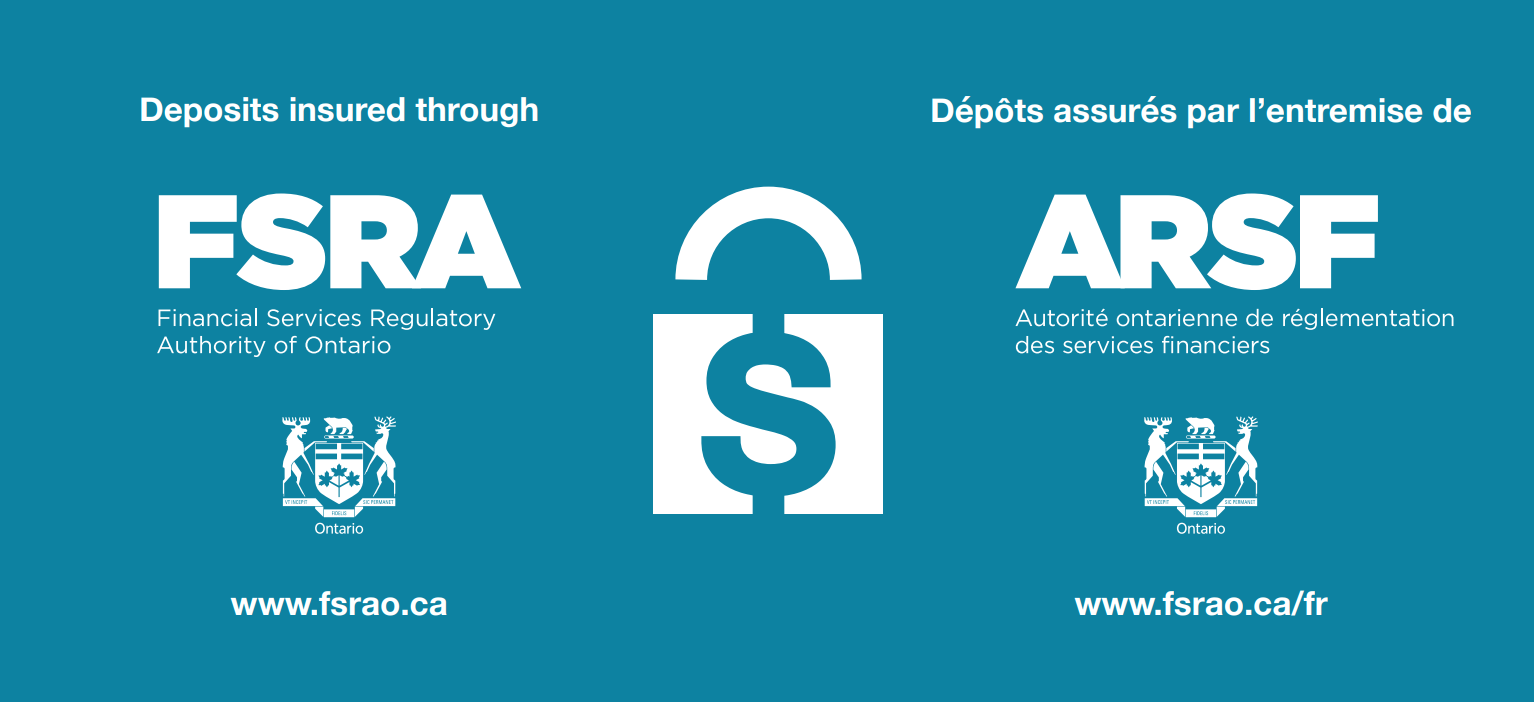
Introduced in 1957, the RRSP was designed to help Canadians save for a secure and comfortable retirement. In 2009, the TFSA became the first major new retirement savings vehicle in decades.
The key difference between the two is the timing of taxation:
- RRSP contributions are tax deductible. You deduct any RRSP contributions from your taxable income for that year. Future withdrawals from your RRSP are then considered taxable income.
- TFSA withdrawals are tax free. Because TFSA contributions are not tax deductible, you've already paid taxes on any funds which you deposit. Therefore any withdrawals are tax free.
As a result, whether you should choose an RRSP or a TFSA is going to depend on your marginal tax rate.
For instance, if you are young and early in your career, you may want to contribute to a TFSA while your marginal tax rate is low. This way you can withdraw funds at a later date without having to pay a higher tax rate. The TFSA is better suited to short-term savings goals because withdrawals are not taxed and annual contribution limits are cumulative: any amount withdrawn will be added to your contribution limit in the following tax year.
| RRSP | TFSA | |
|---|---|---|
| 2021 Contribution Limit | 18% of 2021 earned income or $27,830, whichever is lower | $6,000, cumulative |
| Taxation | Tax-deductible contributions | Tax-free withdrawals |
Once you reach your peak earning years later in your career, contributing to an RRSP can be more valuable, since those contributions are tax deductible and can reduce your taxable income. The annual contribution limit is also tied to your income, so a higher income means more potential to accumulate savings faster. When you enter retirement, your marginal tax rate will go down, so income generated by your RRSP will be taxed at lower rate and generate a higher return.




